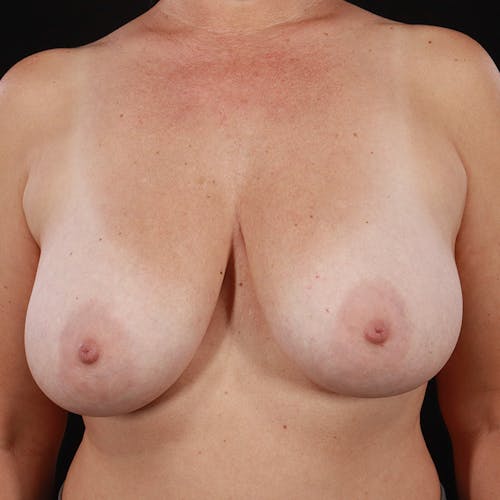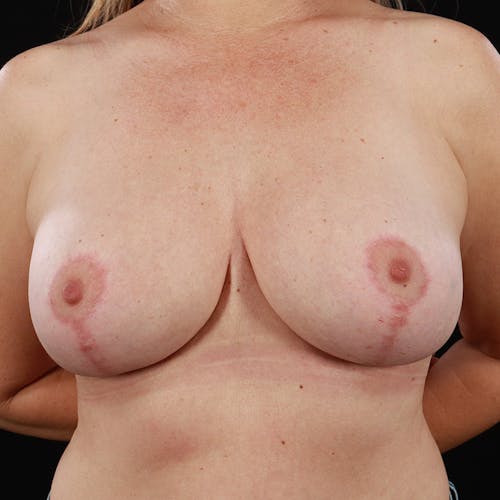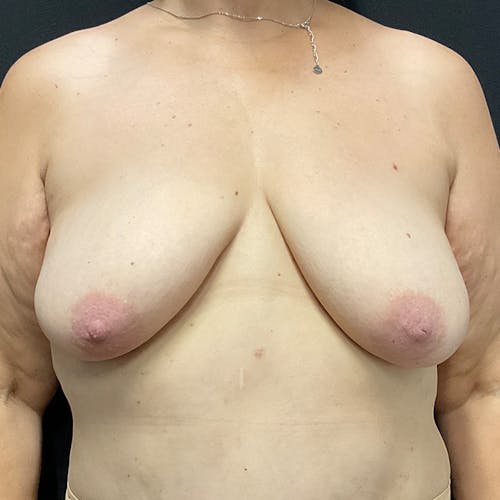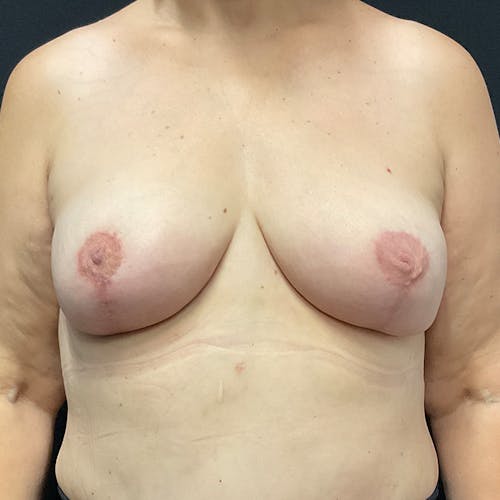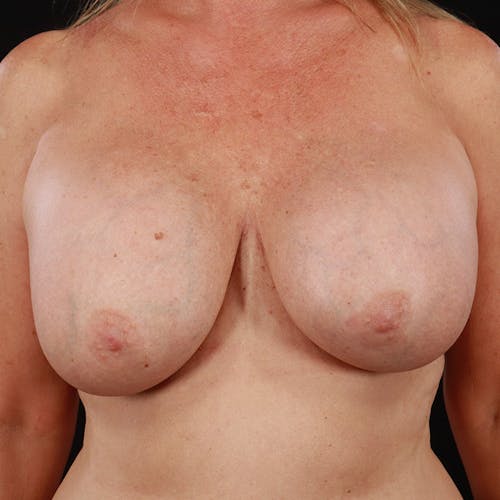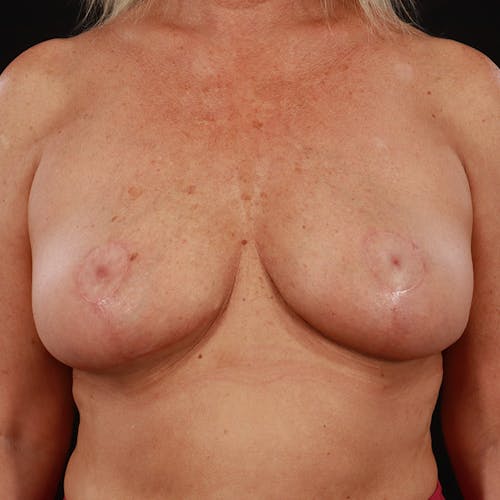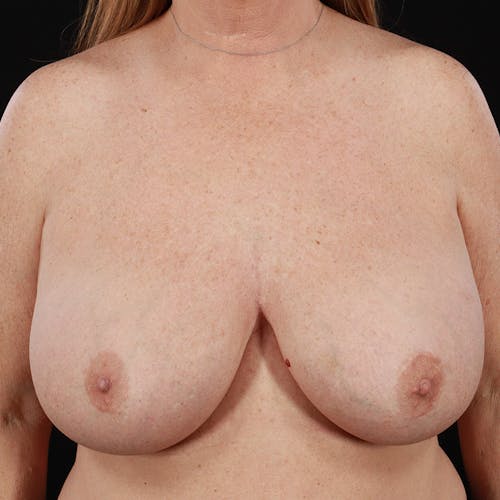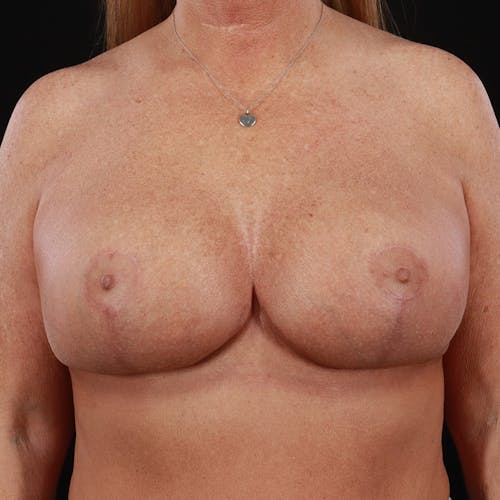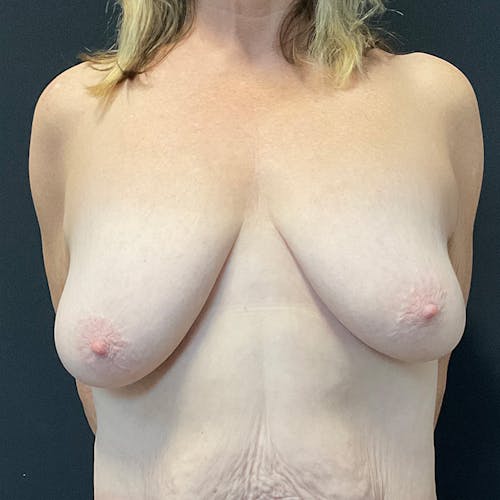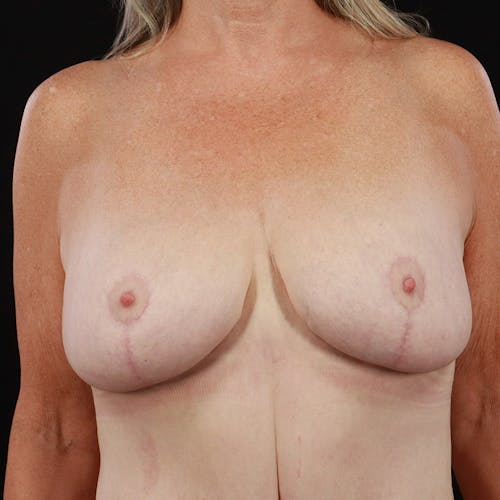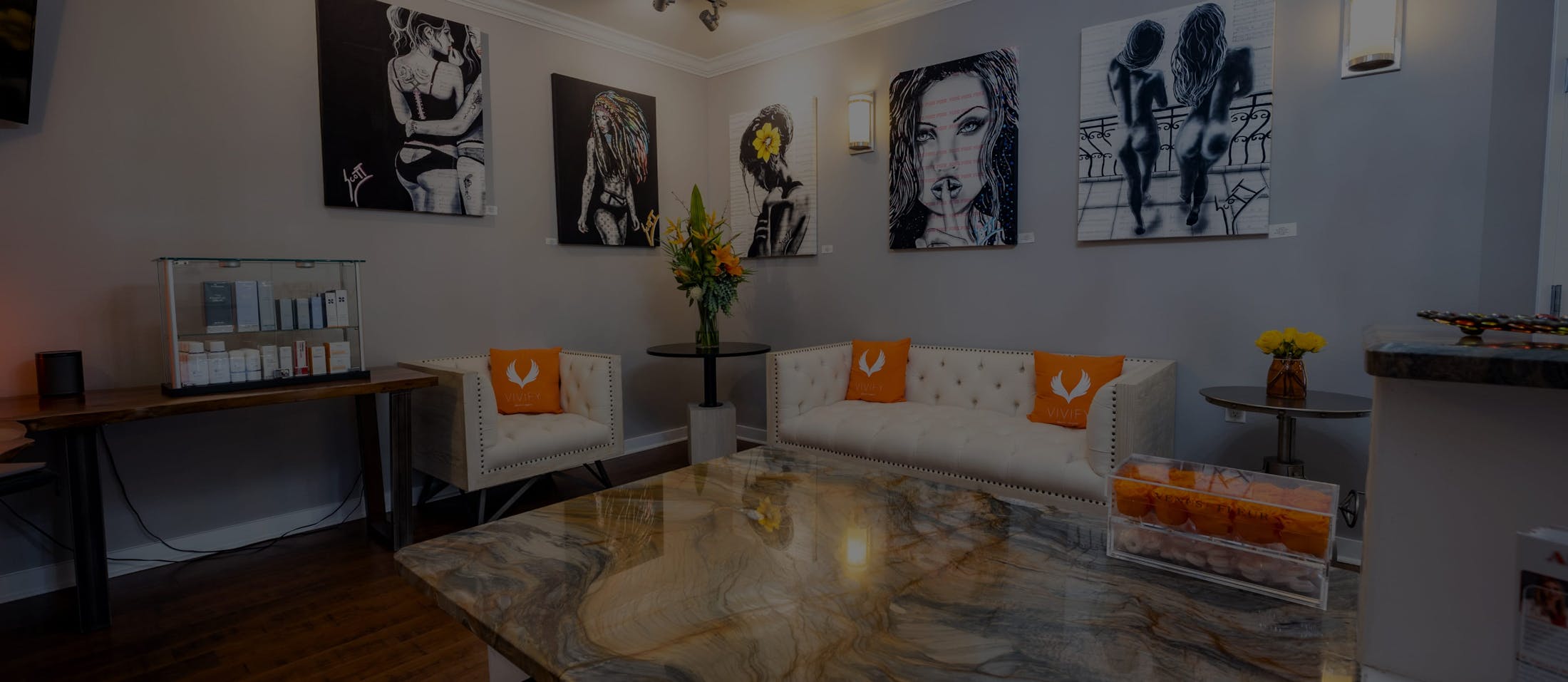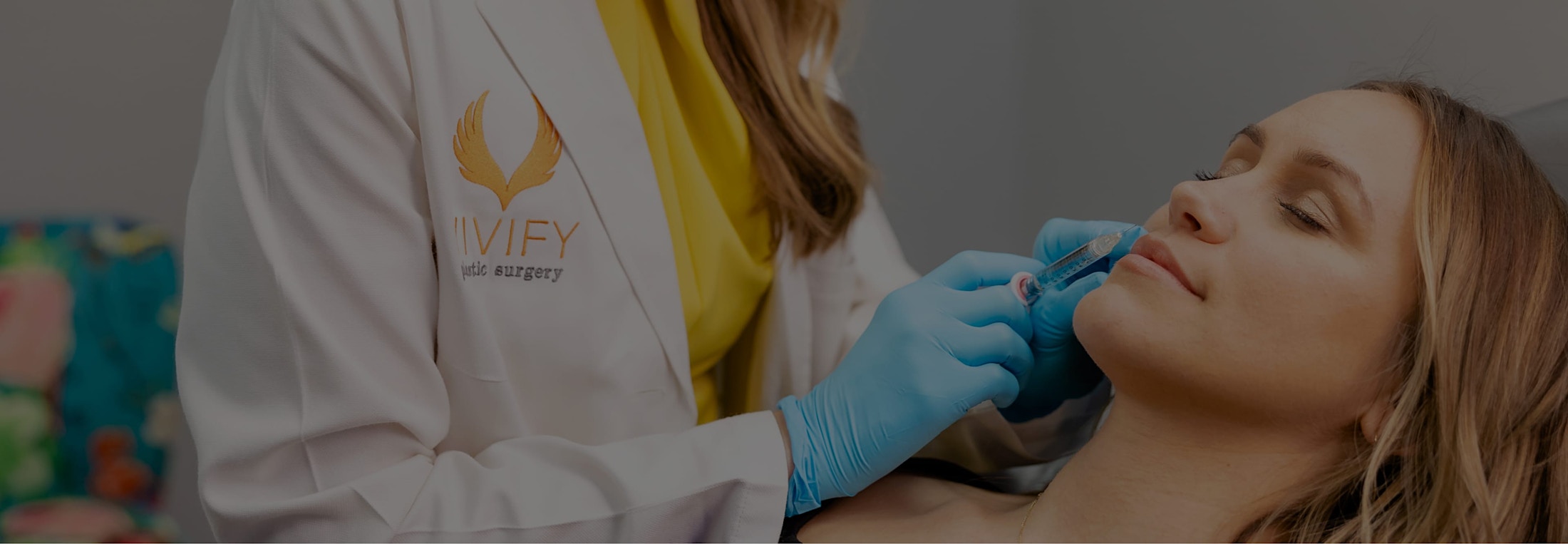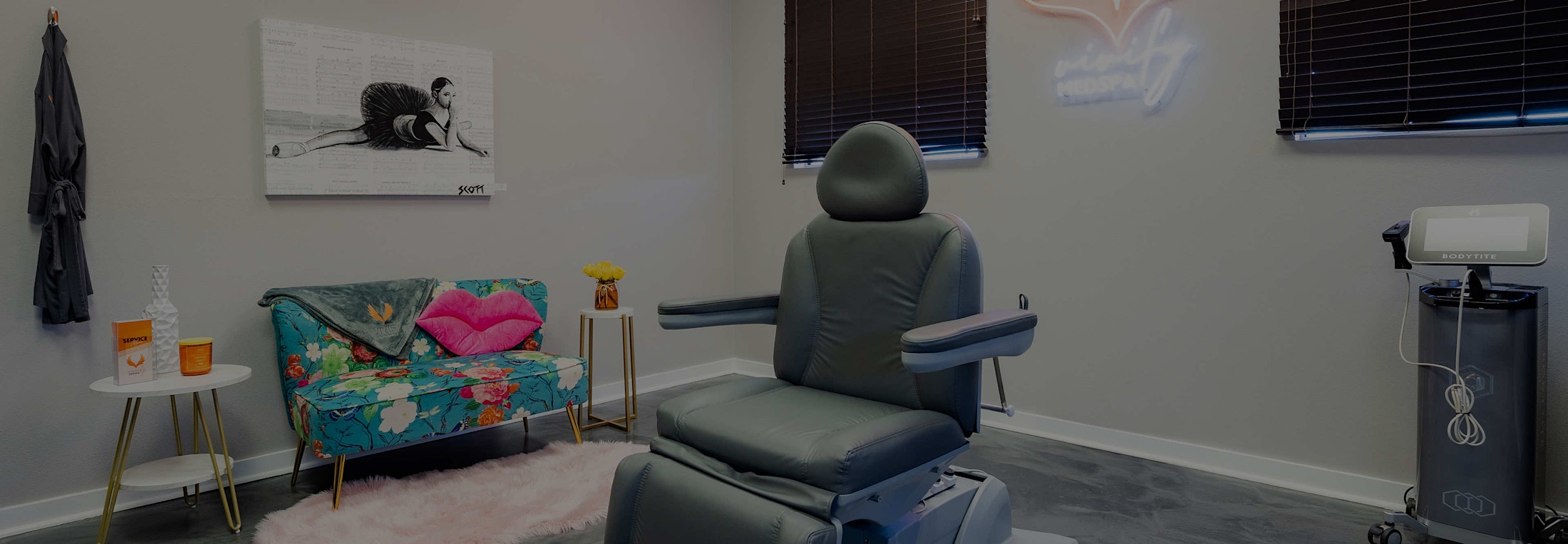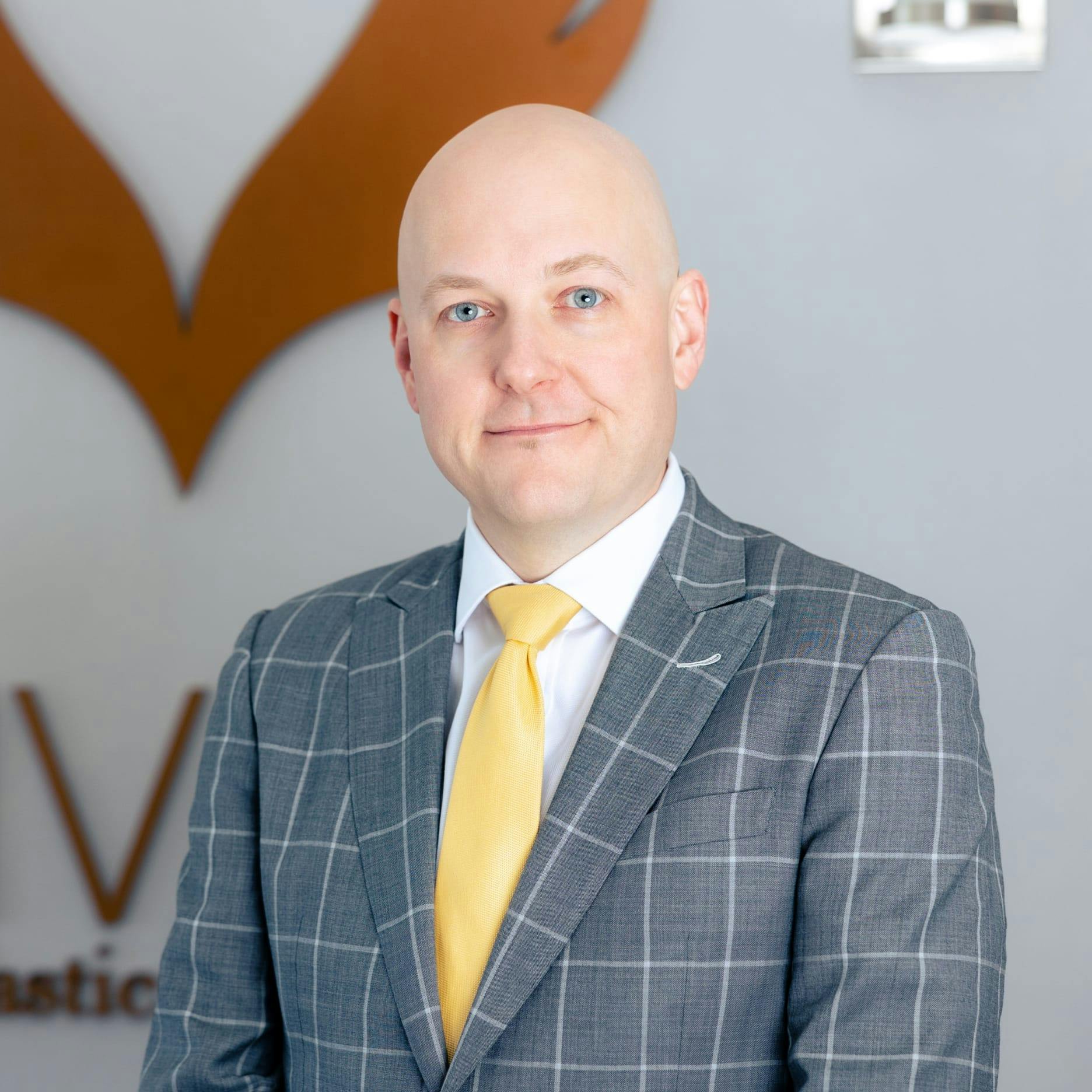Mastopexy, better known as breast lift surgery, helps to correct sagging breasts by modifying the size, contour, and elevation of the breasts.
Procedure
A breast lift is designed to lift and reshape sagging breasts. During the procedure, excess skin is removed, and the remaining breast tissue is lifted and reshaped to create a more youthful, perky appearance. The procedure typically involves making incisions around the areola and extending downward to the breast crease. Dr. Buchanan will then reposition the nipple and areola to a higher position and remove excess skin. He then reshapes and lifts the remaining breast tissue to create a more youthful contour. Typically performed under general anesthesia, a breast lift in Tampa can take 2-4 hours to complete.


